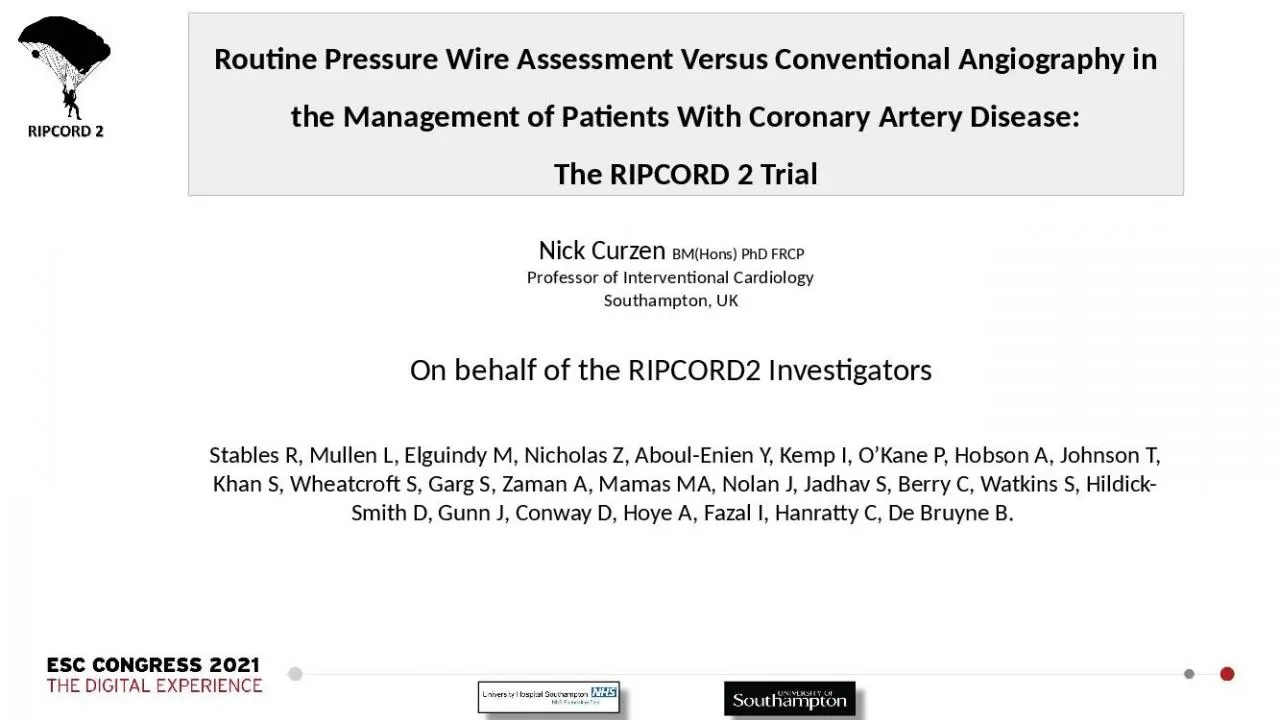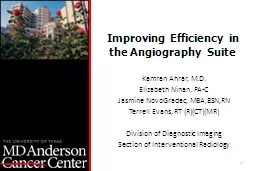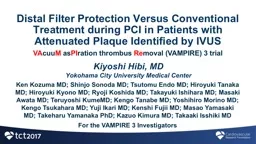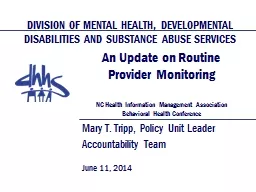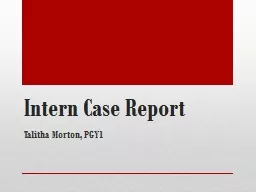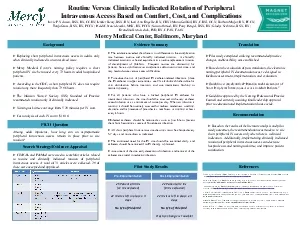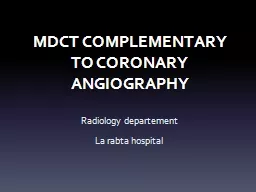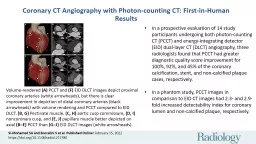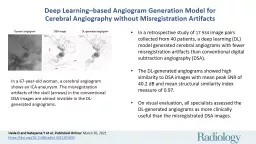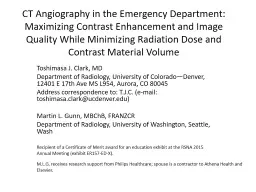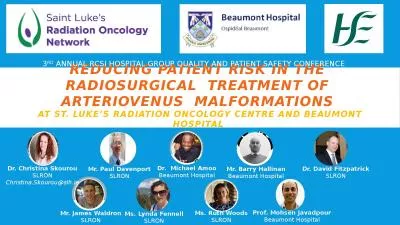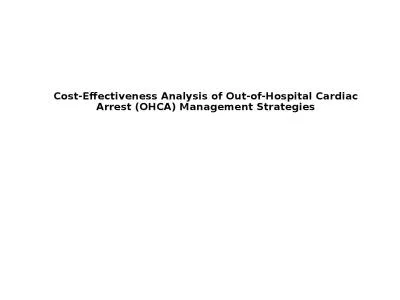PPT-Routine Pressure Wire Assessment Versus Conventional Angiography in the Management of
Author : susan | Published Date : 2022-02-14
The RIPCORD 2 Trial Stables R Mullen L Elguindy M Nicholas Z AboulEnien Y Kemp I OKane P Hobson A Johnson T Khan S Wheatcroft S Garg S Zaman A Mamas MA Nolan J
Presentation Embed Code
Download Presentation
Download Presentation The PPT/PDF document "Routine Pressure Wire Assessment Versus ..." is the property of its rightful owner. Permission is granted to download and print the materials on this website for personal, non-commercial use only, and to display it on your personal computer provided you do not modify the materials and that you retain all copyright notices contained in the materials. By downloading content from our website, you accept the terms of this agreement.
Routine Pressure Wire Assessment Versus Conventional Angiography in the Management of: Transcript
Download Rules Of Document
"Routine Pressure Wire Assessment Versus Conventional Angiography in the Management of"The content belongs to its owner. You may download and print it for personal use, without modification, and keep all copyright notices. By downloading, you agree to these terms.
Related Documents

